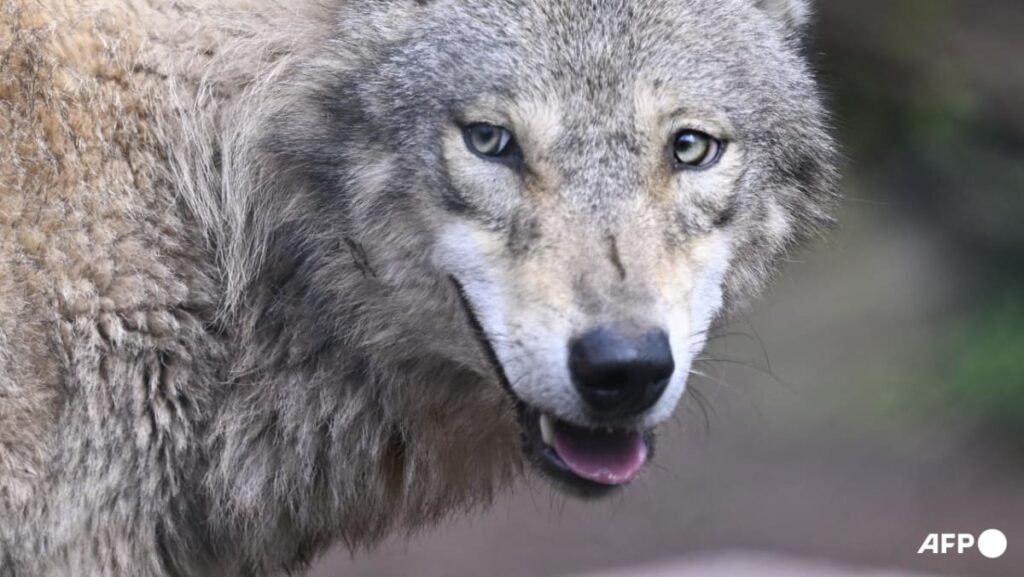Villagers in Bahraich district, Uttar Pradesh, India, beat a wolf to death believed to be the last of a pack responsible for killing nine people, eight of them children. The grey wolves had attacked more than 40 people, leading to hysteria among residents. Government forest officials and armed personnel were deployed to capture the wolves, managing to trap five of them while drones and surveillance cameras indicated one remained at large. Villagers informed officials of a dead wolf, with investigations ongoing to determine if any more wolves are in the area.
Wolves typically only attack humans or livestock as a last resort when starving, preferring smaller prey like antelopes. The heavy flooding from extreme rainfall had disrupted the wolves’ hunting grounds, forcing them into more populated areas. Some victims were attacked while sleeping on their verandas, a common practice during the monsoon season. Bahraich district, located near the Nepal border, features grassland plains, with most of India’s wolves living outside protected areas and facing habitat loss and a shortage of prey, leading to dwindling numbers.
The plains wolf, smaller than the Himalayan wolf, is often found near human populations and can be mistaken for other species like jackals. The loss of habitat and prey due to human activities has contributed to the decline of wolf populations in India. In Rudyard Kipling’s novel “The Jungle Book,” the character Mowgli was raised by grey wolves, portraying these animals in a positive light. However, in reality, conflicts between wolves and humans have occurred, with tragic consequences for both sides. Efforts to manage these conflicts and protect both human communities and wildlife populations are critical in ensuring coexistence and conservation.

